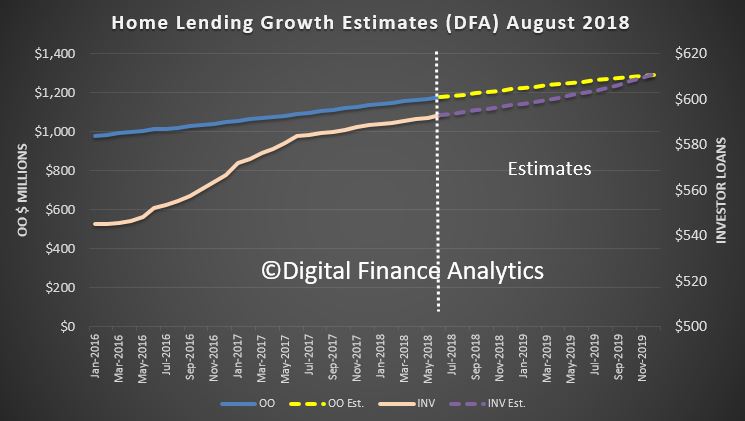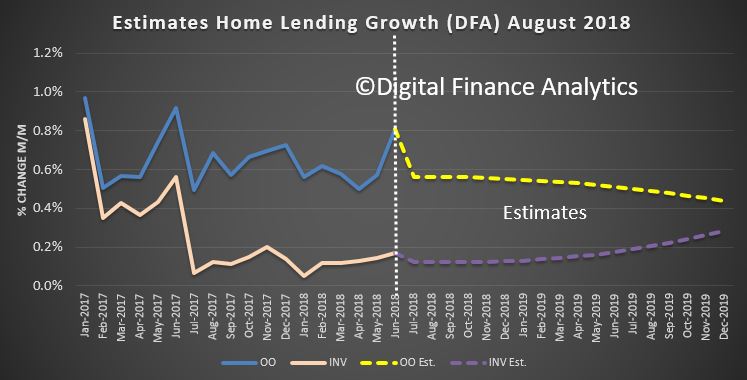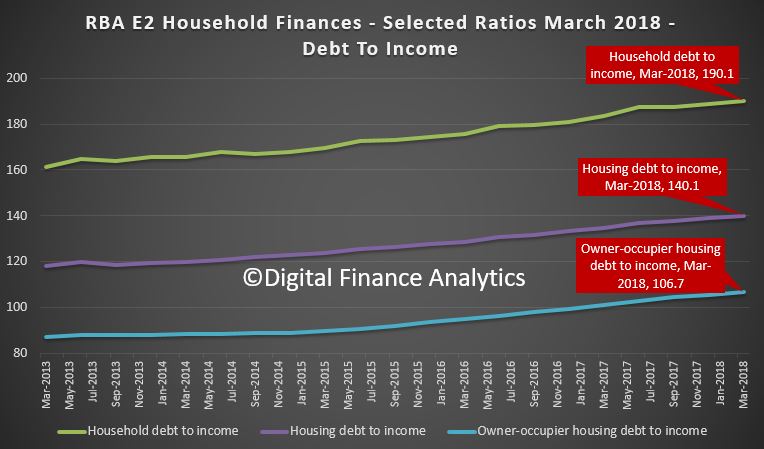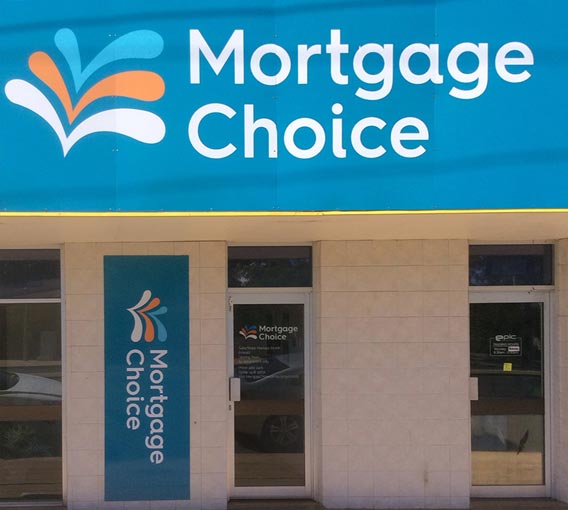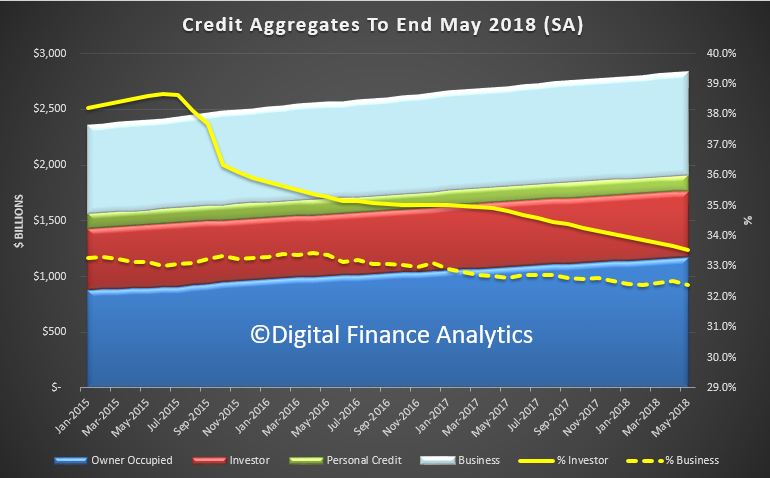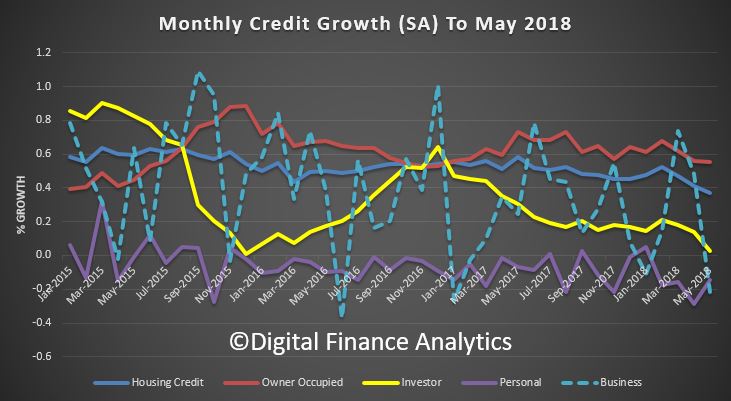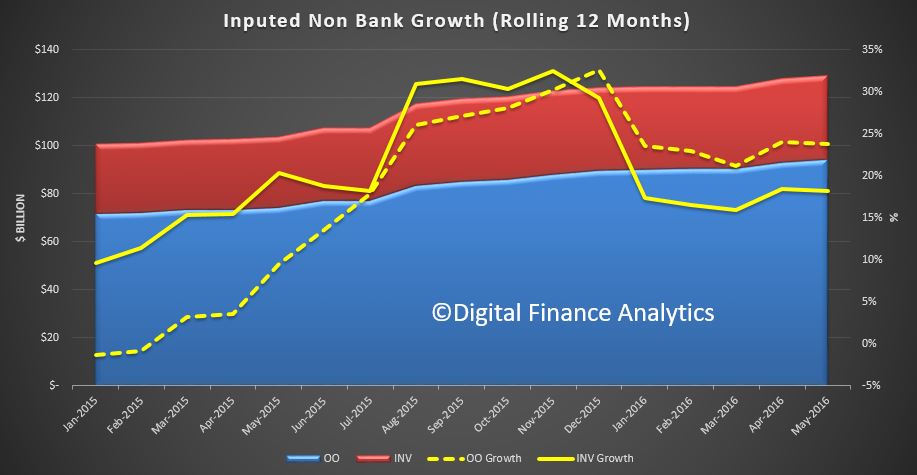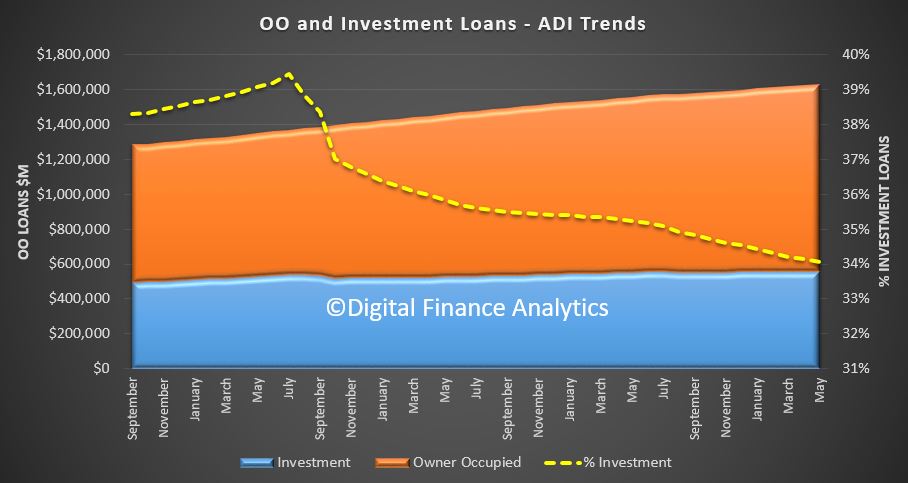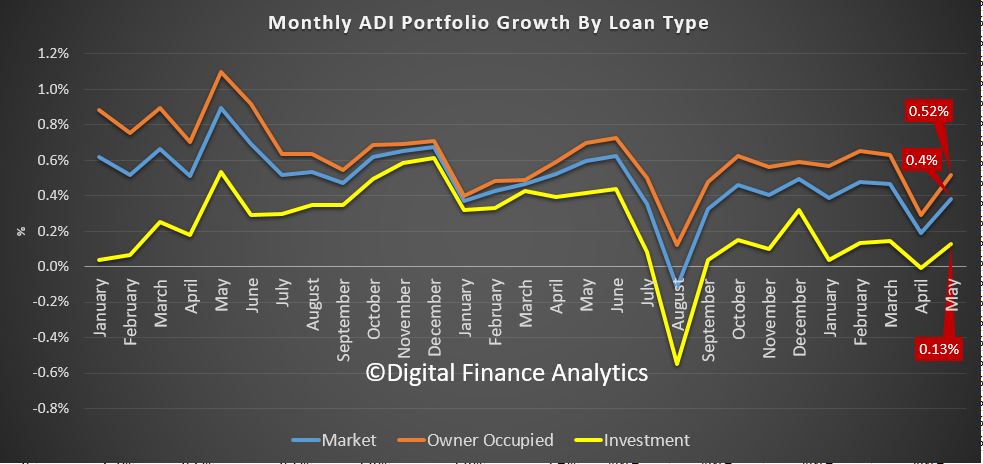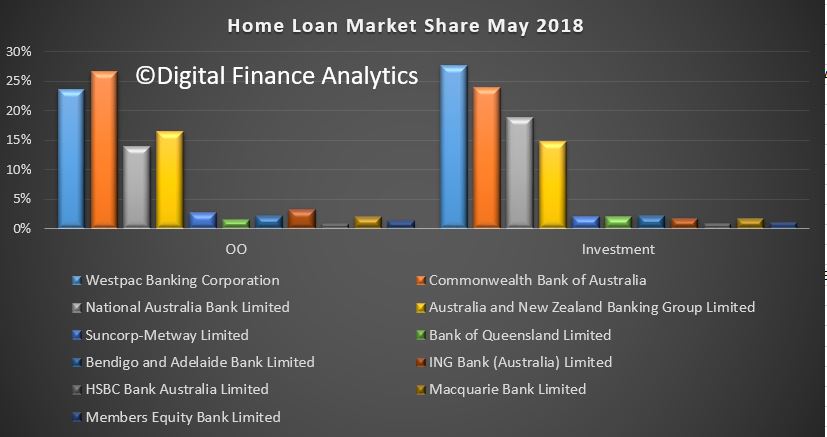Following its expansion into the near-prime space, Bluestone, the non-bank lender has seen monthly application and settlement volumes double in less than six months, via Australian Broker.
July saw record applications and settlements for Bluestone in both Australia and New Zealand. The firm also reported a 96% increase in application volume and a 153% in settlements during the April-July period.
Near prime lending caters to borrowers who fall just short of qualifying for a prime loan. The firm sees massive opportunities in this as banks tightening lending criteria more and more borrowers, leaving more customers in this situation.
“It’s all well and good for us to move into near prime, but if we’re not keeping our DNA intact, that is, our high-touch service and the enthusiastic way we work with our brokers, it doesn’t hit the mark,” said Royden D’Vaz, Bluestone national head of sales and marketing.
“That’s why we’ve increased our staff numbers in our sales, lending and settlements teams to cater for the increased volumes, ” D’Vaz added.
In terms of market penetration, Bluestone notched a 55% increase in self-employed loans and a 115% increase in near prime loans for fiscal year 2017-2018.
“In addition to the growth in volumes, we have so many exciting things in the pipeline, with our team growing and a significant number of projects underway which will facilitate our growth into the future,” added Bluestone CEO, Campbell Smyth.
Bluestone’s move into near-prime follows its acquisition by U.S. private investment firm Cerberus Capital Management in February. The following month, Bluestone cut its interest rates by 75 to 105 basis points across its Crystal Blue products.



